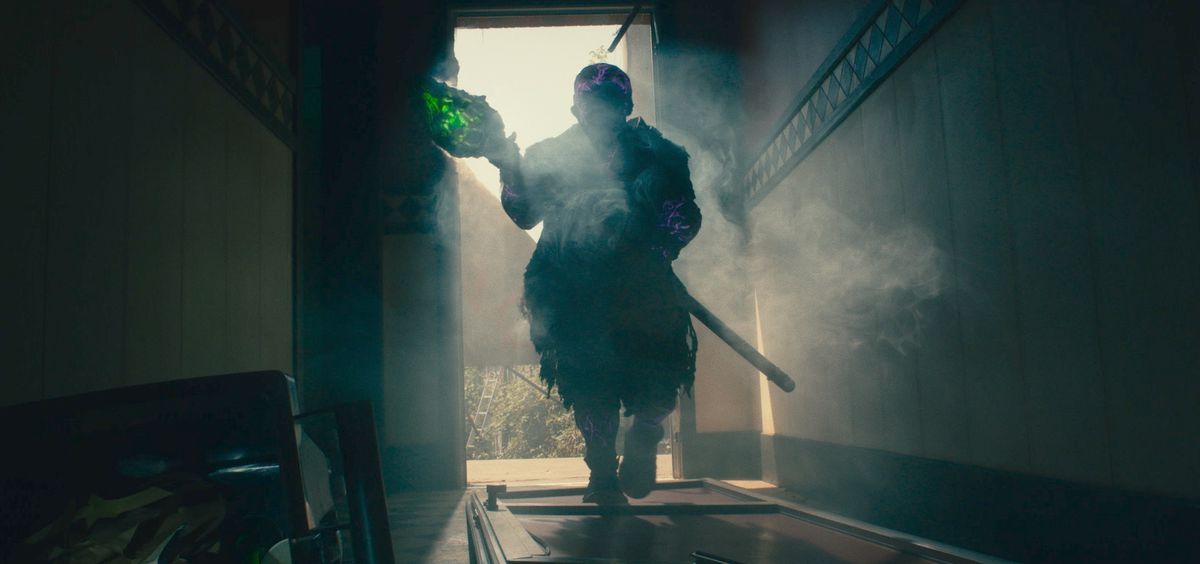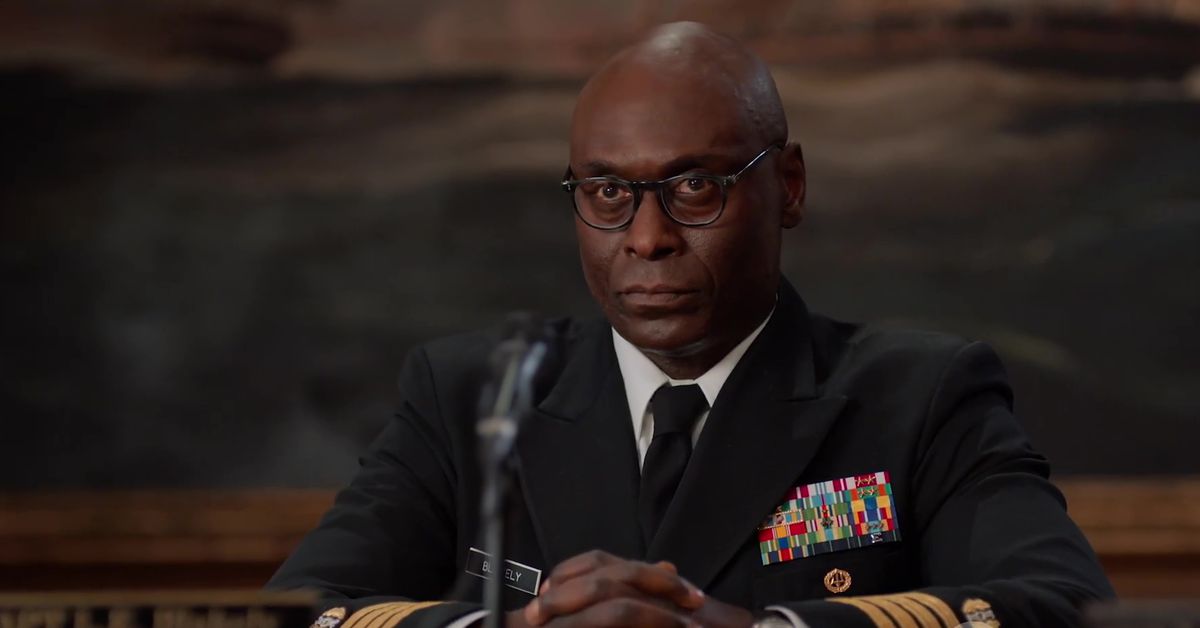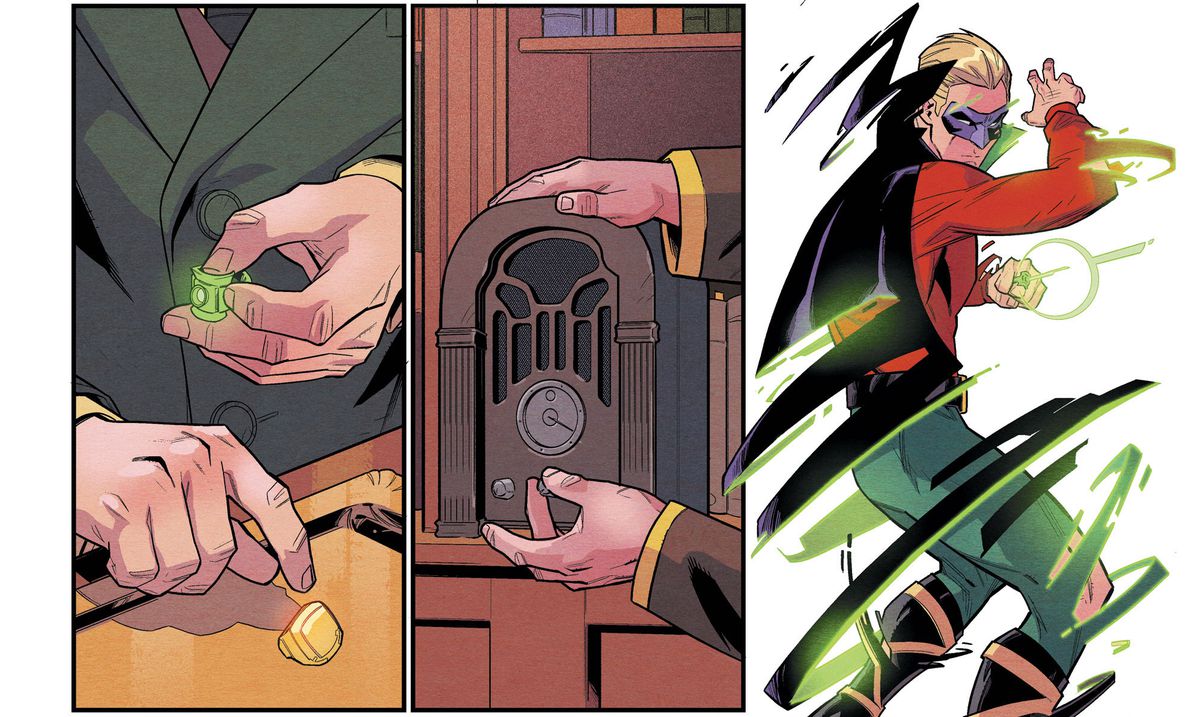Over the years, the full scope of the One Piece story has emerged like a never-ending serpentine sea monster. While not the longest manga ever made, it is, by all reasonable measures, an absurdly long story. Creator Eiichiro Oda started publishing the series in 1997 and it’s still getting new chapters to this day. As it stands now, the manga has over 1,000 chapters, and the anime series similarly has over 1,000 episodes. Now, the Netflix live-action adaptation must face this monster of a story and make it its own.
The live-action series starts at the beginning of the original source material. We meet Luffy at the beginning of his journey as he sets sail for the first time and ventures to build a pirate crew of his own. While staying true to the largest beats of the manga, the showrunners took significant liberty to shorten the original story. It condenses roughly 100 chapters or 45 episodes (roughly 1,085 minutes of the anime) into one season of television. Although I’m glad I don’t have to trudge through hours of television to revisit the story, the adaptation shows that One Piece is a slow-burn story at its heart.
One Piece follows a boy named Luffy and his journey to become the greatest pirate in the world. Finding new shipmates presents an especially large challenge in the early stages of the series, because Luffy starts his journey alone. To this end, the original series regularly follows the same general story structure: Luffy asks a character to join his crew, they say no, and he fights for them until they join in earnest. This format allows Oda to establish the motivations of a character clearly, and contributes to this larger feeling that every crew member’s loyalty is hard-earned — and thus fit to play a major role in a 25-year-long saga. It’s an effective format, but a difficult one to pull off in a shortened version of the series.
One Piece is a shonen series, which means that fights serve as the primary way characters discover themselves. Fights take longer in the manga. We see characters like Sanji, Luffy, and Zoro come close to death at multiple points. The sense of tension gets drawn out, and we see their resolve in the hardest moments. Pain, sacrifice, and the fear that maybe the crew won’t win all get stretched out over the course of pages and pages of work. This gives the narrative a pace where Luffy and others appear to struggle through each encounter rather than glide through a choreographed fight scene.
:no_upscale()/cdn.vox-cdn.com/uploads/chorus_asset/file/24884827/sanjimanga.png)
This results in characters like Sanji that feel, well, underbaked in the live-action adaptation. In the original manga, Usopp and Zoro leave Baratie while Sanji and Luffy stay behind to defend the restaurant from another band of pirates. (Nami has already left Baratie by herself and steals the Going Merry.) In these scenes, we see Sanji defend the ship to his death. In one stunning scene, a pirate whom Sanji saved and cooked for holds Zeff up at gunpoint, and Sanji tells the pirate to shoot him instead. Sanji’s dedication to Zeff and the Baratie overwhelms every panel as his shouts literally press up against the frames of the comic. He won’t leave and refuses Luffy’s invitation several times, even after Luffy saves Baratie.
The live-action version cuts this fight and as a result keeps the story zipping along. Instead of showing Sanji and Luffy fighting Don Krieg and his goons, the series shows a brief scene where Mihawk trounces Krieg. We get an abridged version of Sanji’s story, but it isn’t the only one to have gotten major changes. Zoro’s backstory and character arc are placed in Syrup Village Arc, which misplaces Zoro’s development and consequently detracts from Usopp’s. Even the characterization of Nami, who we see a lot, seems rushed since we don’t see her sob as she sails away by herself from the Baratie as she reflects on her time with Zoro and Luffy.
:no_upscale()/cdn.vox-cdn.com/uploads/chorus_asset/file/24884322/ONEPIECE_108_Unit_00389R2C.jpg)
The cuts certainly make sense from an adaptation standpoint and highlight the challenges of working with One Piece as source material. Oda told The New York Times that a live-action adaptation doesn’t “simply re-enact the source material on a one-to-one basis.” Which makes sense, given how long it takes to watch the equivalent amount of story in the anime or to read the manga. To its credit, the live-action show does manage to distill and communicate the general feeling of each of its characters in a quicker way than the manga. But while we get the broad feel for each crew member, we don’t get to know them in the deep way that the dozens of pages of the manga allow. And while it makes for a snappier story at points, the cuts tamp down on one of the core feelings of shonen and of One Piece: the journey to hard-fought transformation.
For the crew to come together, each and every one of its characters needs to go through some personal change. For Sanji, it’s realizing that Zeff sacrificed his leg so that Sanji could live his dream. For Nami, it’s accepting that she isn’t alone anymore. Zoro recommits to a promise he made, and Usopp gets to follow in his father’s footsteps. In both the live-action series and the manga, Luffy instigates this change, because he has some freaky ability to see each person’s best self. He believes in them. He fights to the death for them. And at the end of the day, he inspires them to overcome their deepest fears and insecurities. It’s big, powerful stuff! And unfortunately for the live-action show, that kind of camaraderie takes time.
All eight episodes of One Piece season 1 are now streaming on Netflix.






